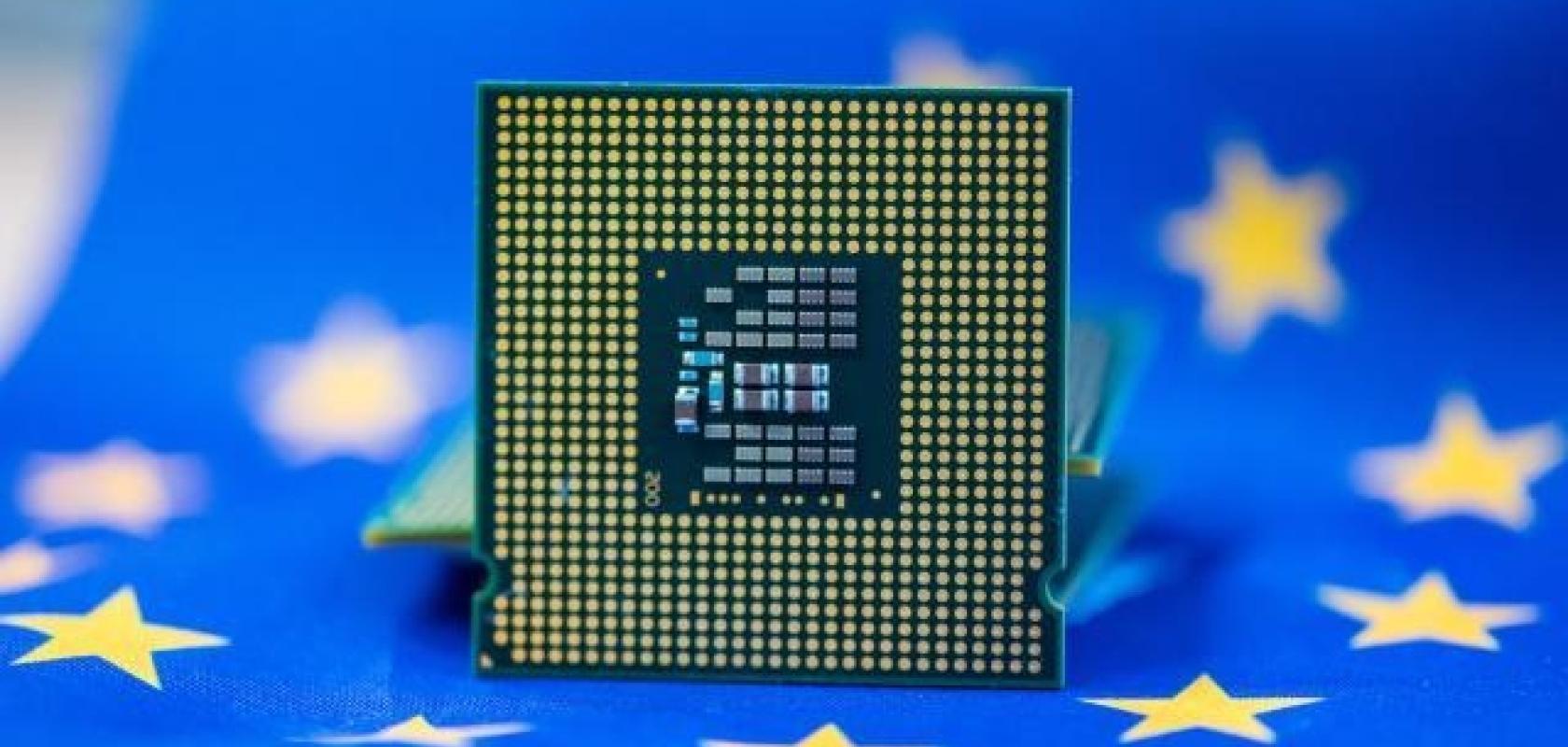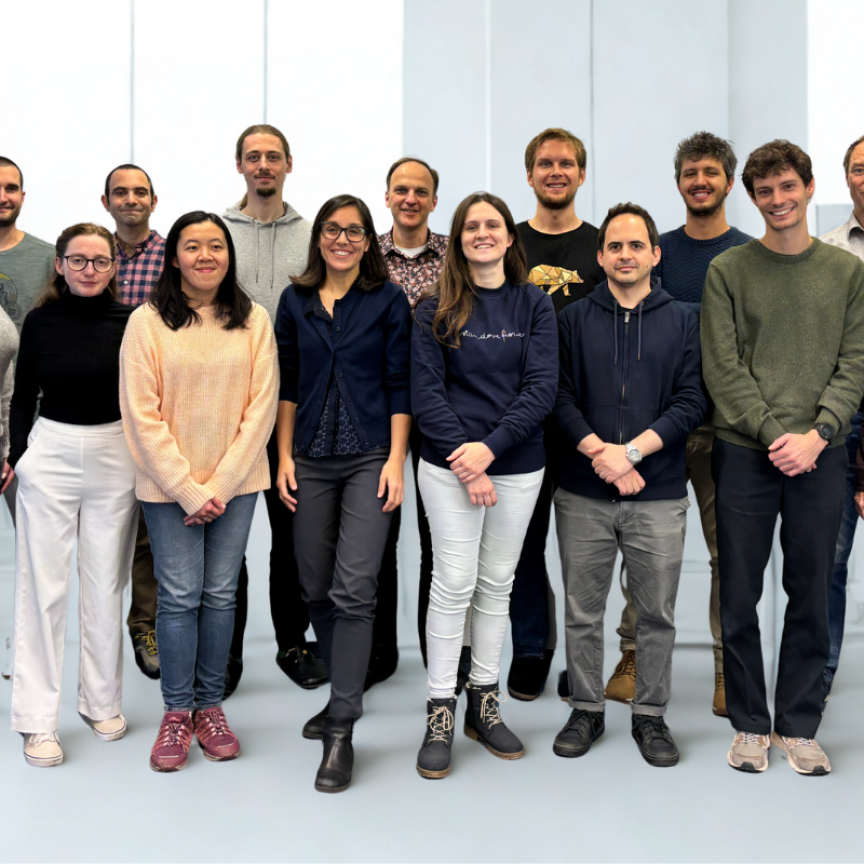Europe’s volume silicon photonics manufacturing capacity has not been directly addressed in the Commission's plan, which could limit overall digital sovereignty
Electro Optics speaks to Abdul Rahim at ePIXfab - the European Silicon Photonics Alliance
On 8 February, the European Commission proposed a new €43 billion plan to tackle semiconductor shortages and boost competitiveness.
The European Chips Act aims to help the semiconductor sector thrive, from building research and production capacity to creating a resilient supply chain.
More than €43 billion of public and private investments will be made available – €11bn from the Commission and national governments to build three pilot facilities, and a further €32bn by 2030 from member states and businesses. It is hoped the EU can double its current market share to 20 per cent in 2030.
But while the act mentions applications like AI, quantum, and edge computing, photonics technologies – and strengthening the manufacturing capacity of photonic chips – are not explicitly mentioned within the act. But there may be a trickle-down effect that can benefit volume-scale manufacturing of silicon photonics chips.
The Act recognises the need for ‘first-of-a-kind’ manufacturing facilities that can offer advanced electronic chips. This will no doubt boost innovation in silicon photonics, said Abdul Rahim, manager at ePIXfab, especially if the CMOS infrastructure - and its supply chain - leveraged by silicon photonics is strengthened in Europe through investment in pilot lines.
And if photonic chips become part of technologies being offered by these ‘first-of-a-kind’ facilities then the EU start-ups will have a much stronger possibility to scale-up, Rahim added.
However, he is concerned that the Act’s apparent focus on manufacturing ever-smaller electronic chips. Not addressing the gap for lack of volume manufacturing of silicon photonics chips in Europe could threaten overall digital sovereignty.
‘The focus of the Chip Act is very heavily dominant on advanced fabrication nodes - such as 2 and 5nm - and on electronic applications,’ Rahim told Electro Optics. ‘I wanted to see digital sovereignty being addressed by focusing on a much broader spectrum of chipsets - such as 22nm and 40nm - not just leading-edge, but also for technologies like silicon photonics, which do not need the most advanced nodes.’
Europe, he says, must be able to compete on all fronts of chips manufacturing with semiconductor giants such as TSMC that are dominant in producing not only the advanced cutting-edge chips, but in volume manufacturing of silicon photonics - for which there is currently no capacity in Europe.
While silicon photonics in Europe is competitive at the R&D level, prototyping level, and small-volume manufacturing level through its pilot lines, no real volume manufacturing facilities exist. ‘We are in a very confused state of R&D for silicon photonics. We believe that we need such a capacity in Europe if we are to consider the full spectrum of digital sovereignty,’ Rahim said.
TSMC, for example, as well as producing advanced chips for the likes of Apple, volume manufactures photonic chips for numerous companies at ease.
‘If the Chips Act only focuses on the most advanced chips, when it materialises, European silicon photonics companies will still need to go outside Europe for their volume manufacturing needs. So, I think this is not clearly addressed,’ said Rahim.
‘There are numerous companies, such as PsiQuantum and Cisco, who partner with volume manufacturing fabs such as TSMC or GlobalFoundries for their products that have silicon photonics building blocks,’ Rahim added. His concern is how to offer European silicon photonics companies the same capability in Europe to flourish their innovations.
And, while the region has some of the best pilot lines in terms of silicon photonics prototyping and small volume manufacturing, it takes a long time to translate to products, Rahim noted: ‘Pilot lines, not just in Europe, have very lengthy turnaround times. They need several months (in some cases from six to nine months) to translate a design into a real chip. It is really killing innovation in my view, as there are facilities in the rest of the world that can provide much faster turnarounds.
‘With the new investment from the Chips Act, I hope that the pilot lines will become more agile in listening to the demands of young entrepreneurs and start-ups working in silicon photonics. In addition to there being some kind of volume manufacturing facility in Europe for silicon photonics, I hope the pilot lines become more agile with that money,’ said Rahim.


